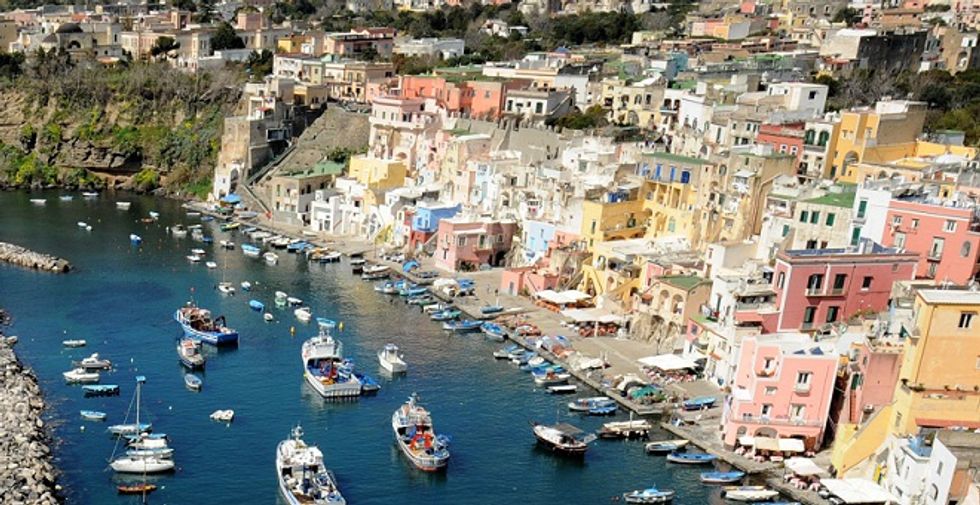Discoverning Procida, a hidden Italian treasure
What this little island has to offer is an endless sea and colorful houses and fishing boats defining a stunning rainbow in the background
What this barely unknown little island has to offer is an endless sea, colorful fishing boats of various shapes, and pink, yellow, orange, green and blue houses defining a stunning rainbow in the background.
Procida is a very small volcanic island located in Campania, covering approximately four square kilometres, heavy populated (with more than 10,000 people living there), and very close to the most famous island Ischia.
Procida's volcanic nature is easily recognizable through its natural hot springs, as well as through the steam that regularly comes out from the rocks, and by small, natural amphitheaters created by small empty craters.
Procida's charm is also linked to its colorful coast. Although most houses and buildings show the sign of their age, this little island remains a hidden paradise also thanks to the history these houses are showing.
The best way to breathe the intriguing atmosphere of this little island is by taking a boat trip to admire its spectacular scenery and explore other hidden corners of its inland areas. Marina Corricella, for instance, is a beautiful place where to arrange a little walk. It is a small fishing village with an enchanting harbour to admire. Marina Corricella is also quite good for lunch and dinner, while the best beaches for swimming and sunbathing are Chiaiolella and Pozzo Vecchio.
The oldest bathing structure, instead, can be found at Lido di Procida. It might be not as good as other beaches, but it is the perfect place to enjoy a magic sunset.
In case you are not that interested in sun & beaches, a good option might be the one of walking (or taking a bus to) Terra Murata, Procida's highest point, a medieval hilltop protected by fortified walls built in the 15th century, where it is still possible to admire the remainings of Palazzo d'Avalos, a castle converted into prison during the 1800s, and the Abbey of St. Michael.
Follow @castaritaHK


